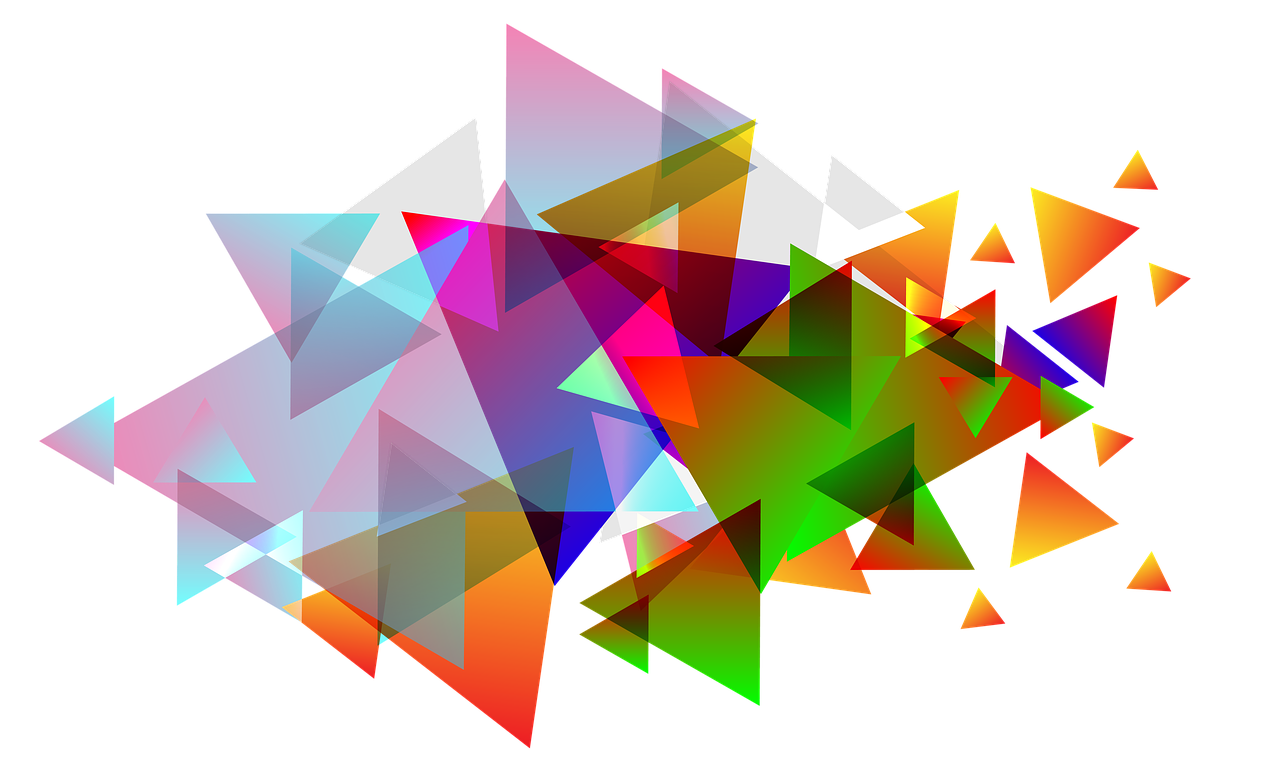Original prints are technically a unique work, existing in a limited number of copies. The artist is directly involved in the creation of printing plates and the printing process and, normally, this work does not exist in any other form. Printing plates are most of the time destroyed after production.
The plot of the drawing can be repeated, taken from other works of the artist, but it is necessary to distinguish author’s prints from reproductions of the artist’s works made in printing techniques. In case of reproduction, there is always an original work (drawing, painting, photo) from which a printing plate is made using reproduction methods. Similar reproductions, as well as copyright prints, can be released in a limited edition and accompanied by the author’s signature saying that the image corresponds to the original. However, you must understand that in case of reproduction, the author’s participation in the creation of the printed form is minimal and often limited only by the signature. A reproduction with a signature from the original author’s print can only be distinguished by knowing the work of the author or having a set of knowledge about printing techniques, along with a certain intuition.
The right way is to use the services of a professional consultant in cases like this.
Historically, there are 4 traditional principles of printing, which are used in numerous versions of techniques and various manners of performance. The differences between these principles are in the way the printed plate (cliché or matrix) is formed, with which the imprint is made.
Each principle of printing, the method and material for processing a printing plate has their own characteristics that dictate specific plastic restrictions and, otherwise, provide various opportunities for the artist



